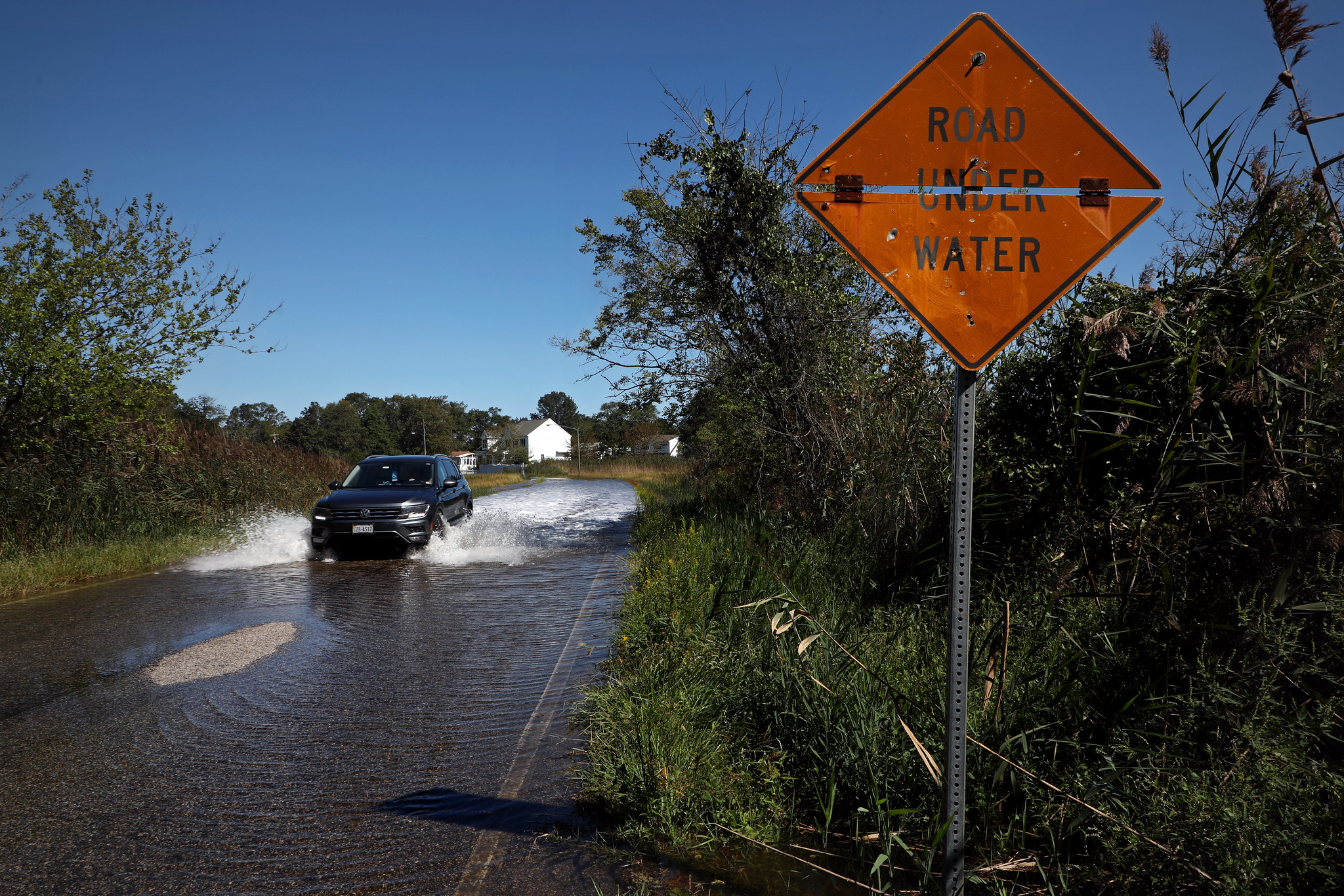4 min read

Designed to be user-friendly, the resource contains the latest sea level data, explainers, and other information from several U.S. agencies.
The U.S. Interagency Task Force on Sea Level Change launched the U.S. Sea Level Change website on Monday, Sept. 23. Designed to help communities prepare for rising seas, the site features the latest science on changing sea levels, details about the impact on the environment and coastal communities, and strategies to mitigate the consequences. NASA led the development of the website for the task force.
"NASA, together with our partner agencies, has studied climate change and Earth's rising seas for decades," said Karen St. Germain, director of the Earth Science Division at NASA Headquarters in Washington. "The data collected by our satellites and ground-based instruments is crucial to helping policymakers and communities prepare for the consequences of sea level rise. By combining NASA data with information from other federal agencies, the U.S. Sea Level Change website is the latest example of government working for the benefit of humanity."
Demonstrating a whole-of-government approach, the sea level task force sits within the U.S. Global Change Research Program and includes leading researchers from NASA, the Department of Defense, the Environmental Protection Agency, the Federal Emergency Management Agency, the National Oceanic and Atmospheric Administration (NOAA), the U.S. Agency for International Development, the U.S. Army Corps of Engineers, and the U.S. Geological Survey.
They've designed a user-friendly hub that brings together information on sea level change from the various federal agencies. While being detailed and accurate for resource managers, researchers, and others seeking more technical information, the website is intended to be accessible to anyone interested in the latest science and strategies to cope with rising seas.
"Everyone will have access to accurate sea level and flooding information in their favorite U.S. coastal city and see the timing of the projected increase in water levels and flooding frequency," added Nadya Vinogradova Shiffer, who directs NASA's sea level change team as well as the ocean physics program at the agency's headquarters in Washington.
The contributing federal agencies focus on different aspects of sea level rise, including basic scientific research and the effects of rising seas on the environment, as well as infrastructure. With the new site, users can explore the topic from different angles.
"Having this information in one place, delivered in a consistent and authoritative way through a true interagency effort, represents a big step forward for how the federal government helps coastal communities prepare for future sea level rise," said Ben Hamlington, a sea level researcher at NASA's Jet Propulsion Laboratory in Southern California.
Site visitors can find explainers on sea level science, summaries of what rising seas will look like for various parts of U.S. coastlines, and updates to the 2022 interagency report on sea level rise. The report concluded that U.S. coastlines will experience an average of 10 to 12 inches (25 to 30 centimeters) of rise above current sea levels by 2050 and that the amount of rise in the next 30 years could equal the total rise seen over the past 100 years.
The report also outlined near-term sea level rise under various levels of greenhouse gas emissions, from best-case to business-as-usual to worst-case scenarios. The scenarios are based on improved scientific understanding of how melting glaciers and ice sheets - as well as upward and downward vertical land motion - will affect ocean heights at our coasts. The data and scenarios have been updated for the task force website.
NASA contributions to the 2022 interagency report, as well as to the newly launched sea level website, are part of ongoing agency work to understand Earth's rising seas. NASA's efforts to monitor the ocean span more than 30 years and include satellites such as Sentinel-6 Michael Freilich and the Surface Water and Ocean Topography (SWOT) mission. Both were jointly developed by the agency and international and domestic partners. Agency partners on Sentinel-6 Michael Freilich include ESA (European Space Agency), the European Organisation for the Exploitation of Meteorological Satellites, and NOAA. For SWOT, NASA partners include the French space agency CNES (Centre National d'Études Spatiales), CSA (the Canadian Space Agency), and the UK Space Agency.
For more on how NASA studies our home planet, see:






